If you’re doing English, there’s a 100% chance you’ll be asked to convincingly, perceptively and critically analyse a poem multiple times in your NCEA career.
And there’s just as high of a chance that they’ll get weird. Insert stool reference here.
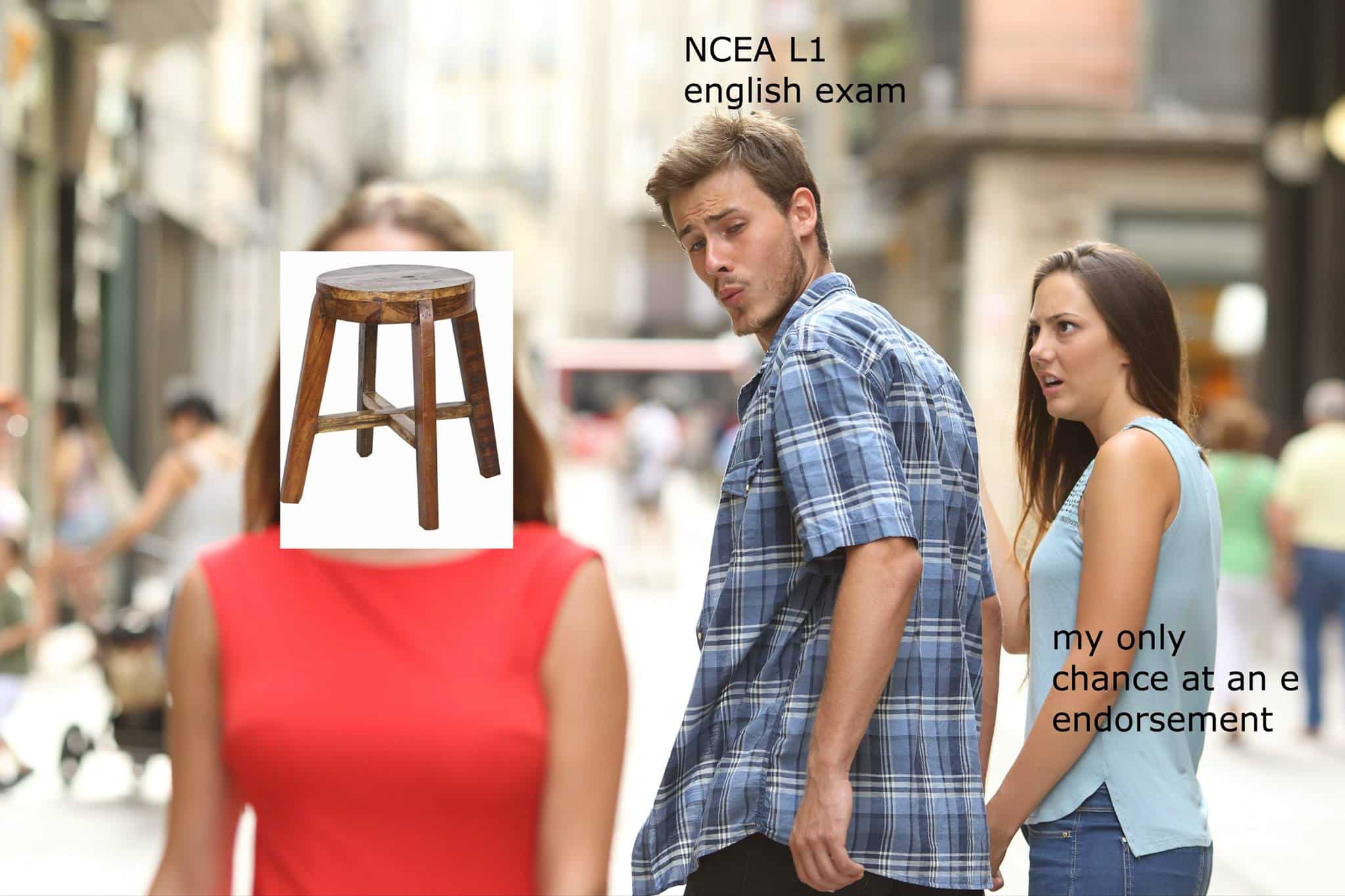
You’ll be given some abstract poems. That’s just what NCEA is about.
Reading it for the first, second, and fourth time in the unfamiliar text external, it can be really, really difficult to figure out what the poet is even saying, and so you find yourself writing something equally abstract about the grieving process.
But never fear! StudyTime is here to help navigate you through the wonderful and weird world of poetry. Here’s some tips for how to read, analyse, and even study poems.
1. Where’s the purpose?
I know this sounds self-explanatory, but identifying a purpose is the most crucial step in achieving anything to do with poems.
In fact, it’s the first thing mentioned in the 2017 assessment report and schedule, and the 2014 report said that everyone “should keep it at the forefront of their minds” .
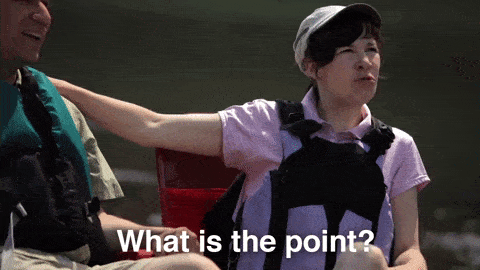
It’s also probably the most tricky step, but something you need to do first.
Every poem you’ll be given will be centred around one or more certain theme(s) running through the piece. Identifying what one is is involves a bit of pondering, but generally, there will be some idea that relates either to the human experience (things that affect all of us as humans or are a part of humanity), society, or the wider world.
Once you’ve got something, construct a purpose around it: it can be as simple as “In ‘This is America’, Childish Gambino’s purpose is to explore the absurdity of America’s societal issues and responses to them”.

Once you’ve done that, think about three things:
1. The audience – is there a clear audience? If it’s a New Zealand poem, there might be some very New Zealand things in it that indicates it’s for kiwis. Alternatively, are the problems specific to a particular generation, or race?
2. How and why the poet conveyed this purpose? Does the poet use themselves as the narrator, in which case, the purpose might be specific to them? Or, is the poem’s idea very relevant to a certain group in society at the time it was written?
3. How is this purpose developed? Does the idea, or the poet’s attitude, or your attitude towards the idea change over the course of the poem? If so, how and why?
2. Get weird
Poems are fundamentally abstract. They’re given to you as part of the unfamiliar text standard because it’s difficult to get a concrete idea from them; but the good news is, there are no wrong answers in English.
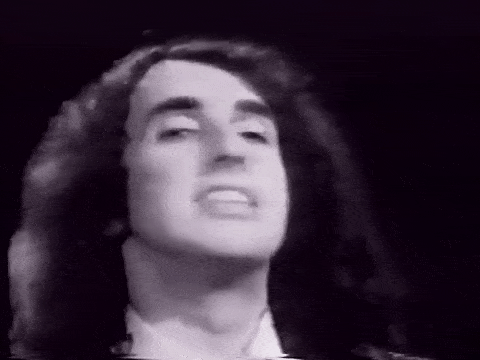
As such, the marker can’t mark you down because you’ve argued how and why an idea from the poem speaks to you – they can only mark you down for how you’ve argued it.
One thing you can imagine when you’re analysing a poem is the iceberg metaphor.
When you first read a poem and grasp at an idea or possible purpose that jumps out at you, this is only the tip of the iceberg. But as we (and whoever was steering the Titanic) all know, icebergs are much bigger under the water. And this is where all the marks are.
So, to get below the surface, you’re going to have to go deeper. Keep asking yourself “Why?” and “How?” and “So What?” This, fundamentally, is how we analyse.

Describing is not enough – we don’t get Es by playing spot the metaphors, we get Es by explaining how these metaphors made us feel, and why the poet used them.
Don’t be afraid to get weird and go places you’ve never gone before. Like this cat.
3. Language and Technique
There are a few main language features you should keep in your mind when you’re reading poems (for unfamiliar text, or, if you’re a Becky, for enjoyment). These are:
Figurative Language
Language that goes beyond the literal meaning to make you think of other things, which helps the reader convey their purpose. The most common of these are metaphors, similes, personification, hyperbole, and symbolism.

Emotive Language
Sometimes, poets want to make you feel things. And they want to do this for a reason; mostly, because they want you to step into someone else’s shoes or to change your perspective on life. Emotive language can have positive connotations (“Grandma saved the cute kitten”) or negative connotations (“The sad orphan fell down the drain”). Figurative and emotive language may even overlap; for example, if the poet is describing a storm that relates to mood. Think of it like sad parts in movies (cite: every dog that dies ever) – the effect and purpose is the same.
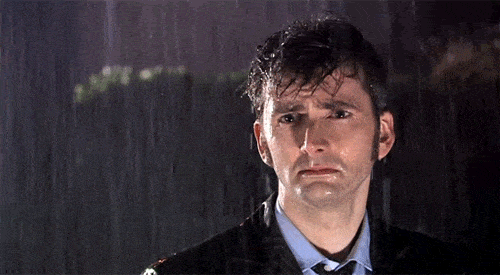
Syntax Structure
Sentence structure. Often, the way sentences are written tells us about the poet’s purpose. Are they really fast and chaotic without any grammar and are they long so you’re reading it for ages and wild stuff is happening so the poet is taking you on an emotional rollercoaster that could mean they want you to feel stressed or out of control or drunk or angry?
Or, are they short, sharp, and organised? Is the grammar perfect? Is there a clear rhythm? This might be calming, or imply control.

Style
Generally, poets have distinct styles, and you can compare their different works to figure out what this is. Style refers to the individual ways poets write and their purposes, and it includes all the other language features on this list. For example, Emily Dickinson uses dashes to convey stress, with – powerful – instances of emotive or figurative language isolated from the rest of the poem, to really hammer it in. By contrast, E.E. Cummings very rarely capitalised words, using “i” to decrease his own importance. I think.

Diction
Diction refers to the overall selection of words, and like style, includes other features. If the poet is using a whole lot of emotive language, they’re probably trying to take you for a trip down feels lane. If their language is very informal, they might be writing from the perspective of a young person; if it’s very proper, the narrator might be feeling controlled by the situation. Sound devices like onomatopoeia (thank you, autocorrect) and alliteration can also be used to get you to feel more engaged with the narrator or to focus on particular words. Fundamentally, diction gives the poem aesthetic.
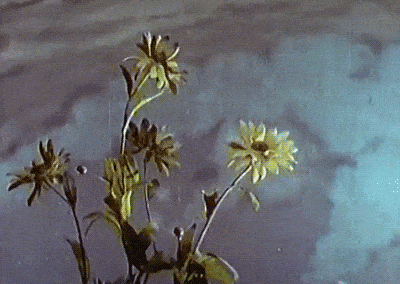
4. Form and Rhythm
The form of the poem is its physical structure: the number of stanzas (poem paragraphs), how many lines per stanza, how many syllables per line, and if there’s some sort of structure with word choices at the start and end of lines. There’s too many forms to list, have a Google).
One structural device that pops up a lot is enjambement: the continuation of lines without any punctuation, to make you seem like you’re free or you’re lost.
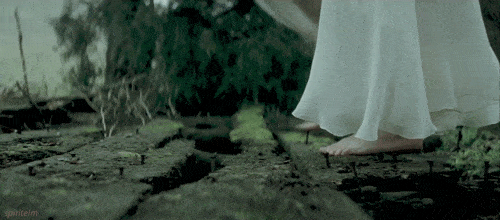
Poems may also have a rhyme scheme. Everyone knows the classic ‘ABAB’, and the reason for using rhyme is pretty much the same as in music. They give the piece flow, can emphasise certain words to get you to focus on them, what words are rhymed can inform the idea, and, most importantly, they’re used for the poet to show off.
The choice of rhyme can make a poem sound upbeat and bouncy, or long and aimless, and so it’s a really important style thing you should definitely mention.
5. Effect
Basically, it all boils down to what the effect was on you, the reader. Ideally, the poet will have changed your perspective on society, the human experience, or the wider world – you’ll have felt things, thought about an idea in a new way, and your life will have been changed.

And this was all because of the expert use of language features and techniques to craft a piece of art that resonates with the intended audience due to the important purpose.
If in doubt, lie.
6. A word on structure
Some schools teach fun structures like ‘PILATES’ (Purpose, Idea, Language, Analysis, Techniques, Effect, Synthesis), and this is all well and good.
But, markers have said in the past that following a strict structure can lead students to just listing as many things as possible without going into depth in their analysis (asking “how?”, “why?”, and “so what?’ to reflect on the author’s purpose).
It can be helpful to separate your analysis into clear sections (one on diction, one on emotive and figurative language, etc.), but make sure the bulk of your response is on writing how and why these helped change your view on the world.
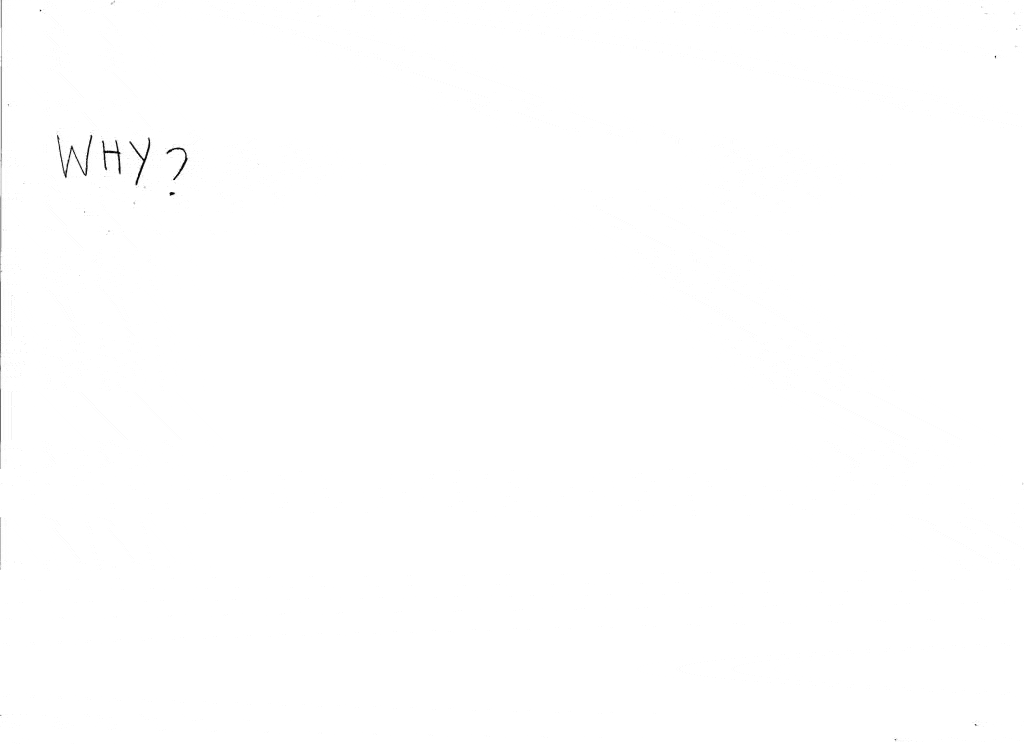
So there you go, some tips on poetry. They’re the most abstract things in NCEA, but if you bring the world or the human condition into it, you’ll be fine. And if still need motivation to study poetry, just listen to some Childish Gambino.
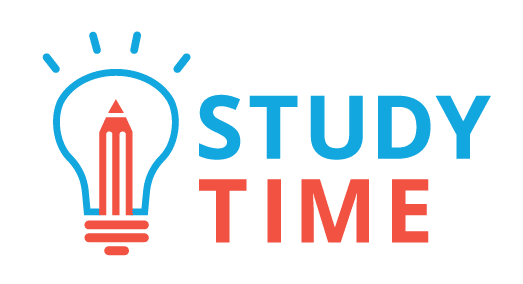
0 Comments